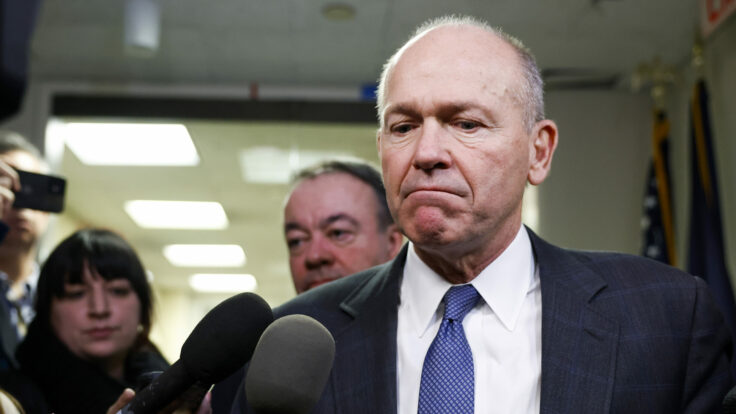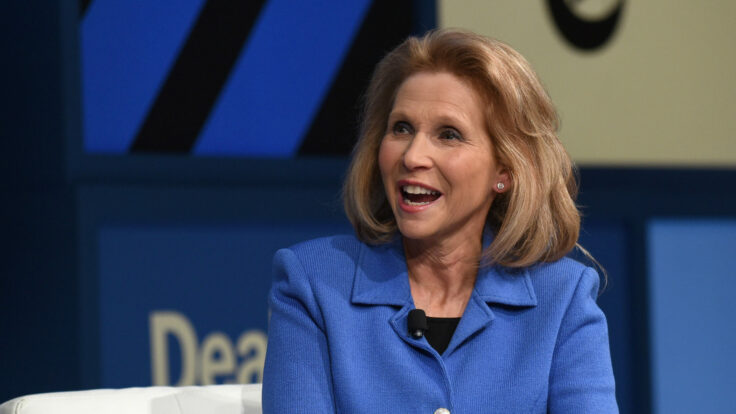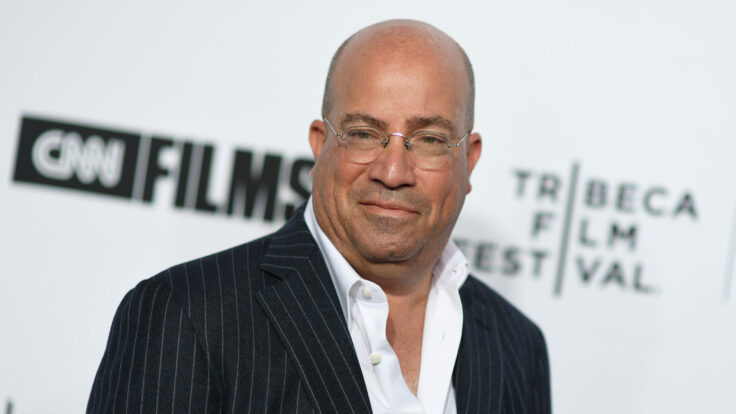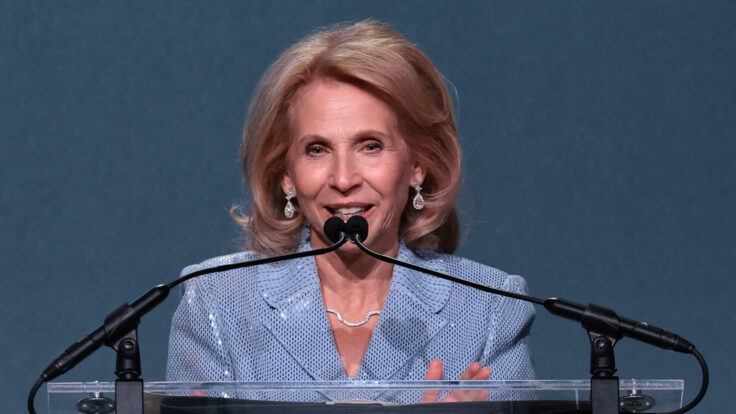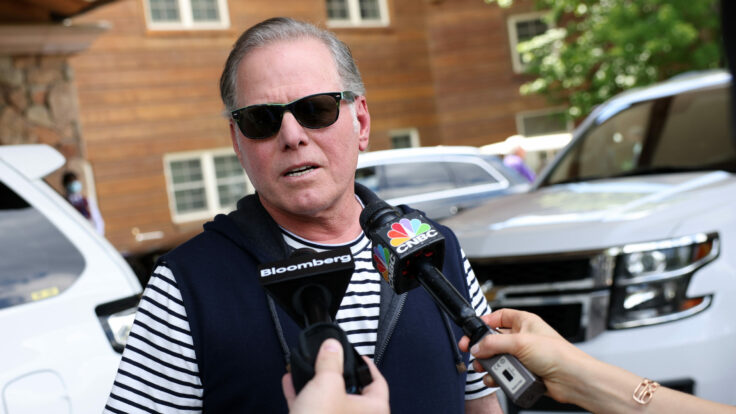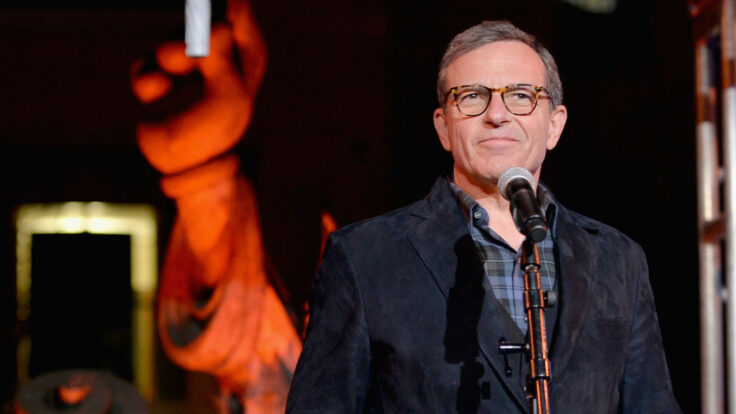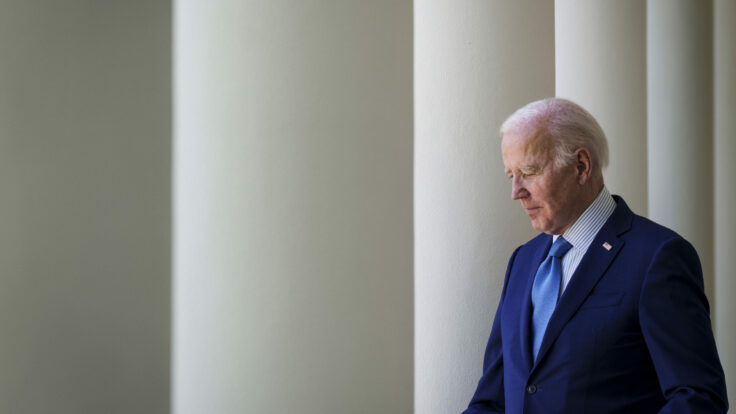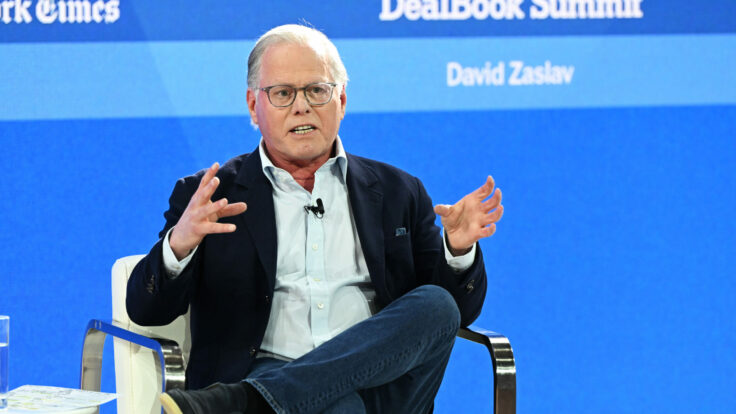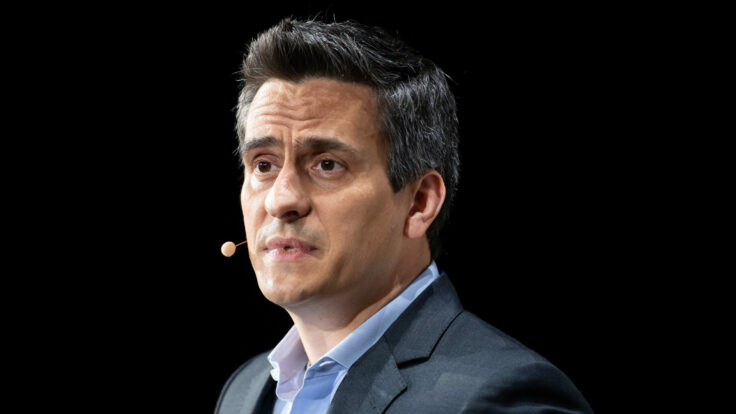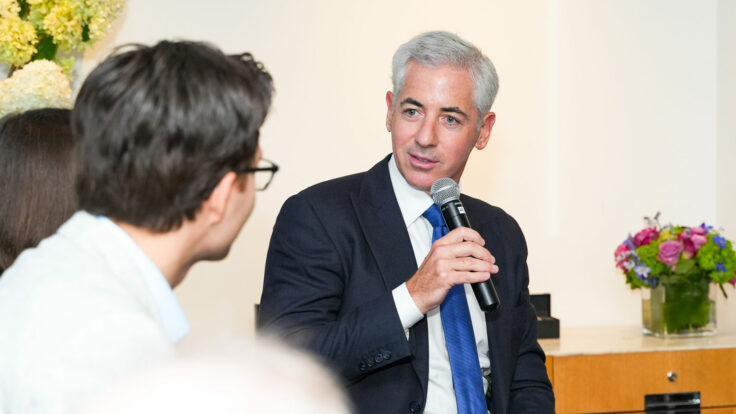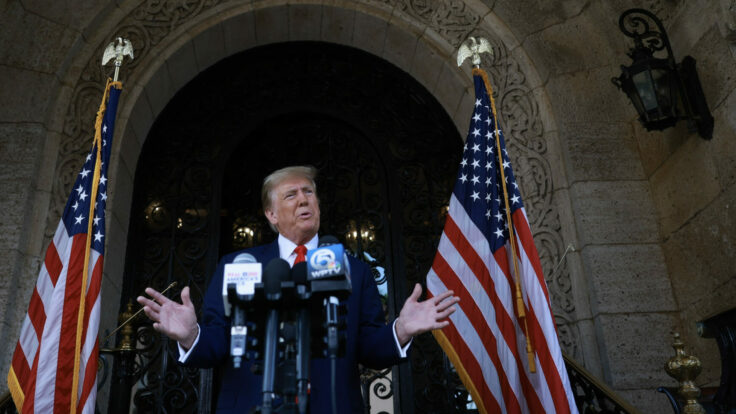When Jamie Dimon took over JPMorganChase, in 2005, the place was a disaster. The bank was the Franken-product of one big, poorly integrated merger after another—of Chemical Bank; of Manufacturers Hanover Bank; of Texas Commerce Bank; and then, in January 2001, the combination of Chase Manhattan and JPMorgan & Co., which united the bank of the Rockefeller family with the house of the most feared and revered financier in American history, J.P. Morgan. Dimon entered the fold after JPMorganChase bought Bank One, the Chicago financial institution that he was running after he was famously defenestrated from Citigroup by his onetime mentor, Sandy Weill. Buying Bank One for $58 billion to essentially acqui-hire Dimon was perhaps the smartest move that William Harrison, Dimon’s predecessor, made while running JPMorganChase.
Dimon arrived amid endless internal clashes that pitted the rival banking cultures against each other. JPMorganChase couldn’t decide whether it wanted to be a commercial bank, an investment bank, or a credit-card company. The Chase people didn’t like the JPMorgan people and vice-versa. And it wasn’t only the people who didn’t get along; the computer systems didn’t communicate well either. The rivalries, and in-fighting, were legendary. I should know. I was there—at Chase, then JPMorgan, then JPMorganChase—for seven years before my homeboys, Doug Braunstein, Rob Kindler, and Julie Richardson defenestrated me in January 2004, before Dimon’s arrival. (As I’ve noted whenever I’ve written about the bank over the last 17 years, I brought—and lost—an arbitration claim against the bank after I was terminated. I also settled litigation with the bank years later over a disputed investment.)







